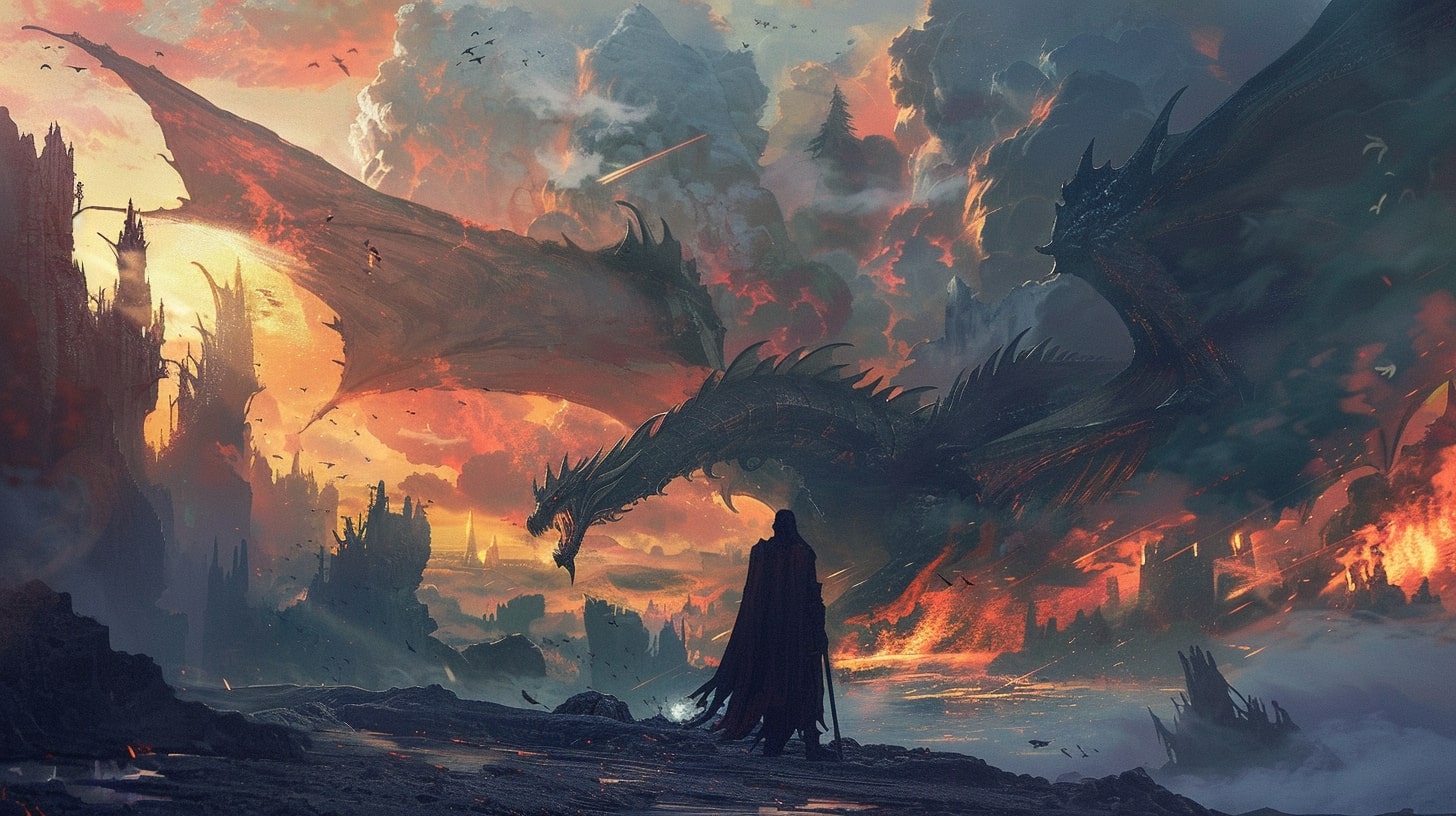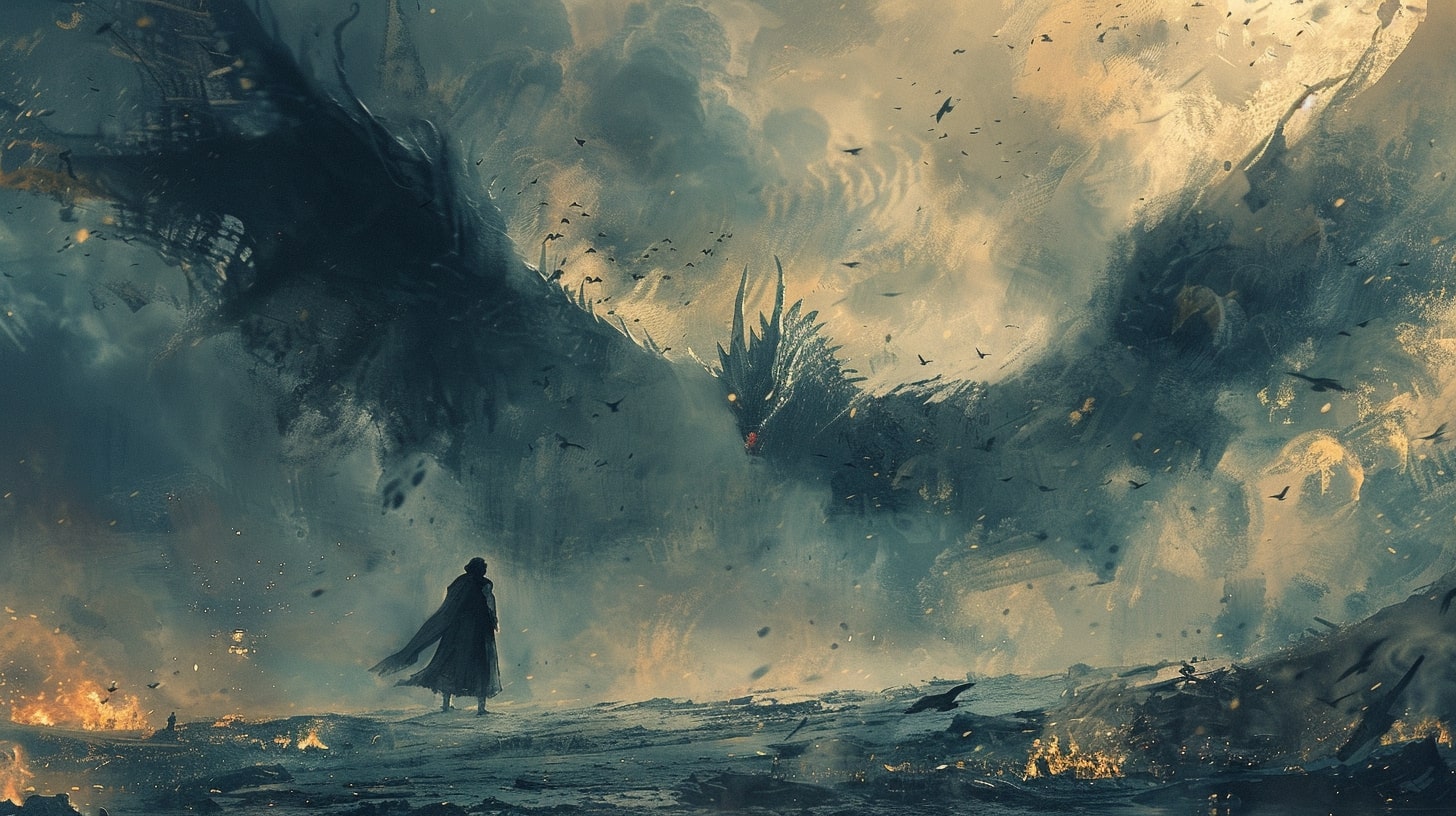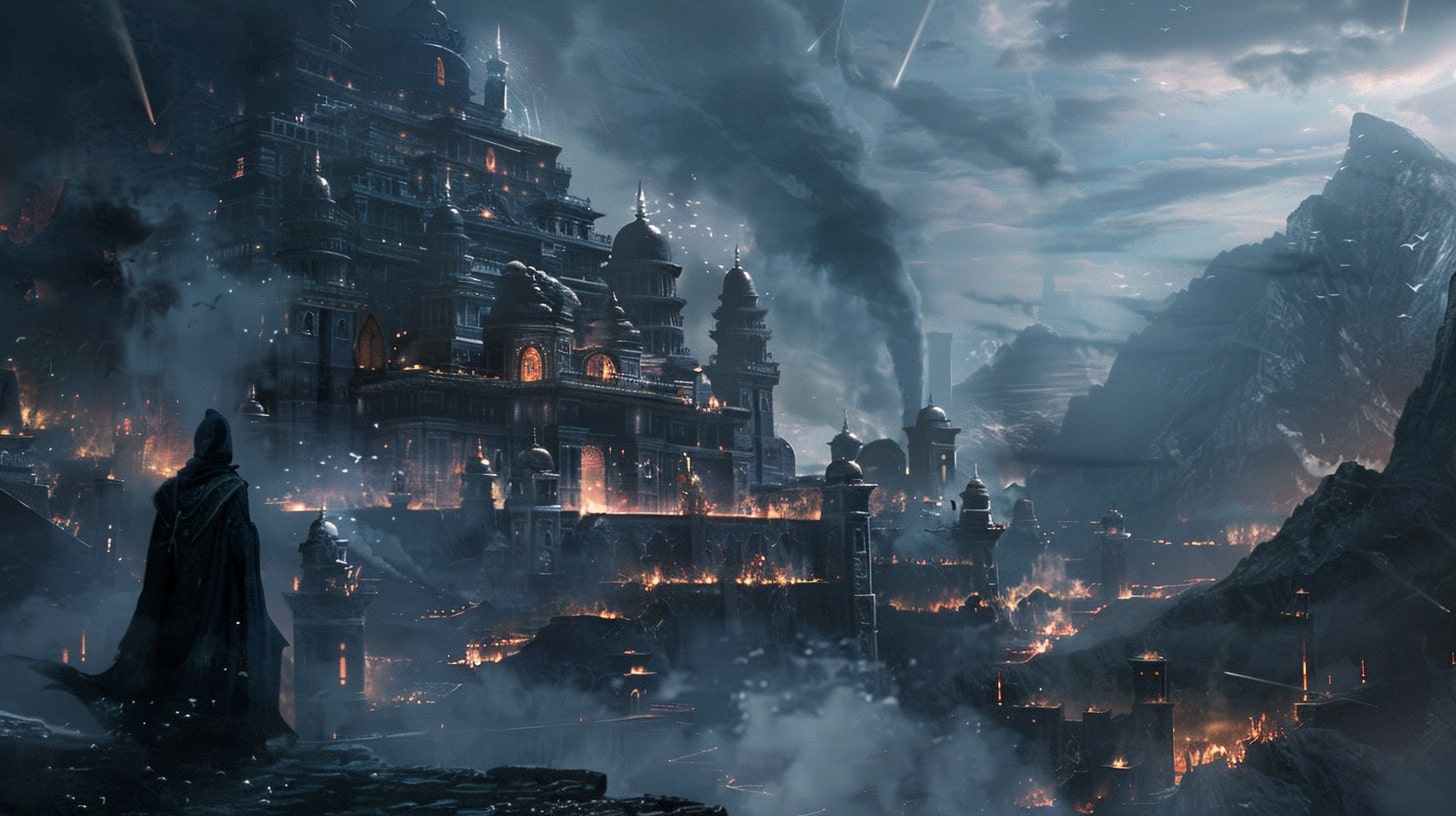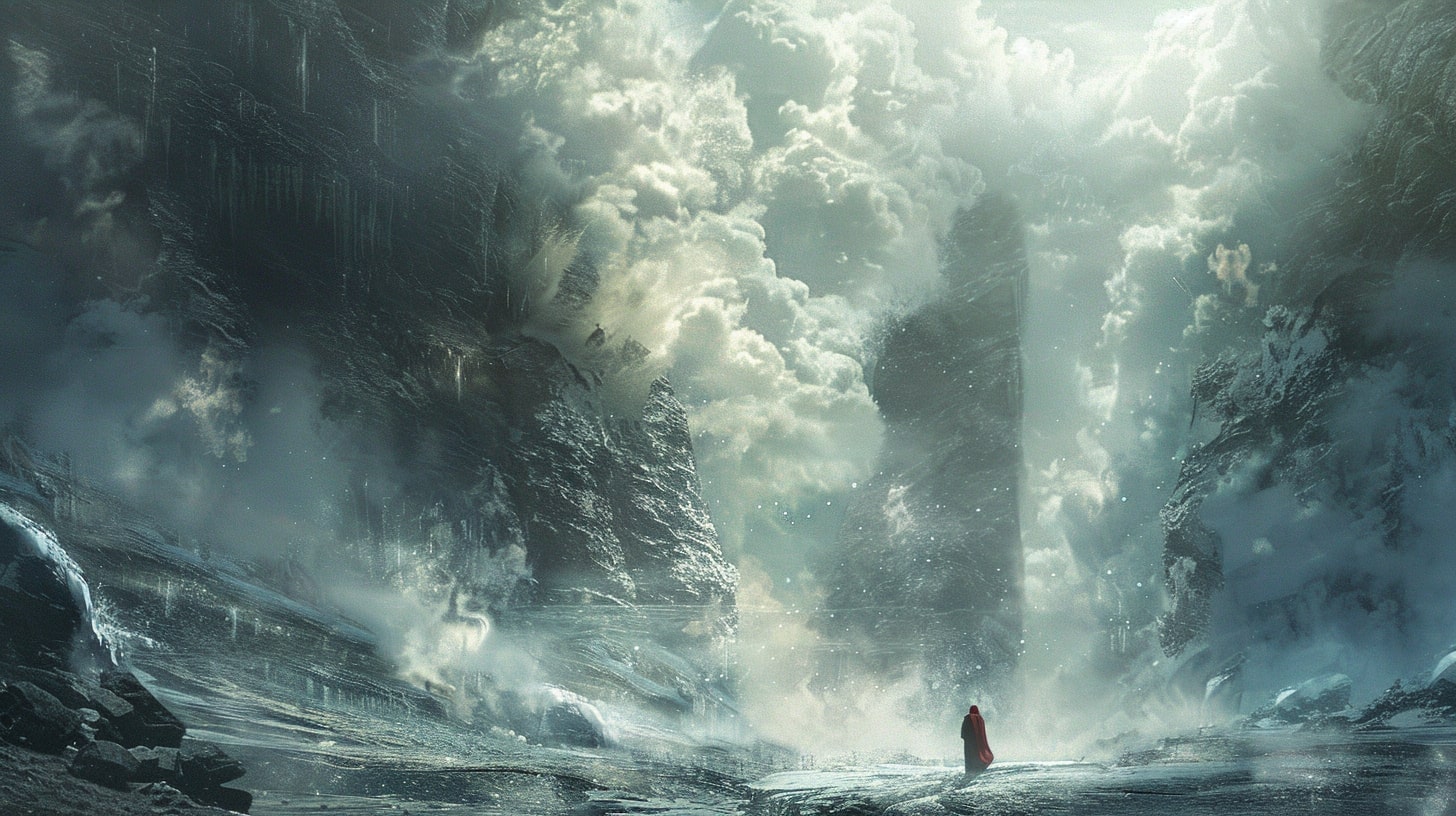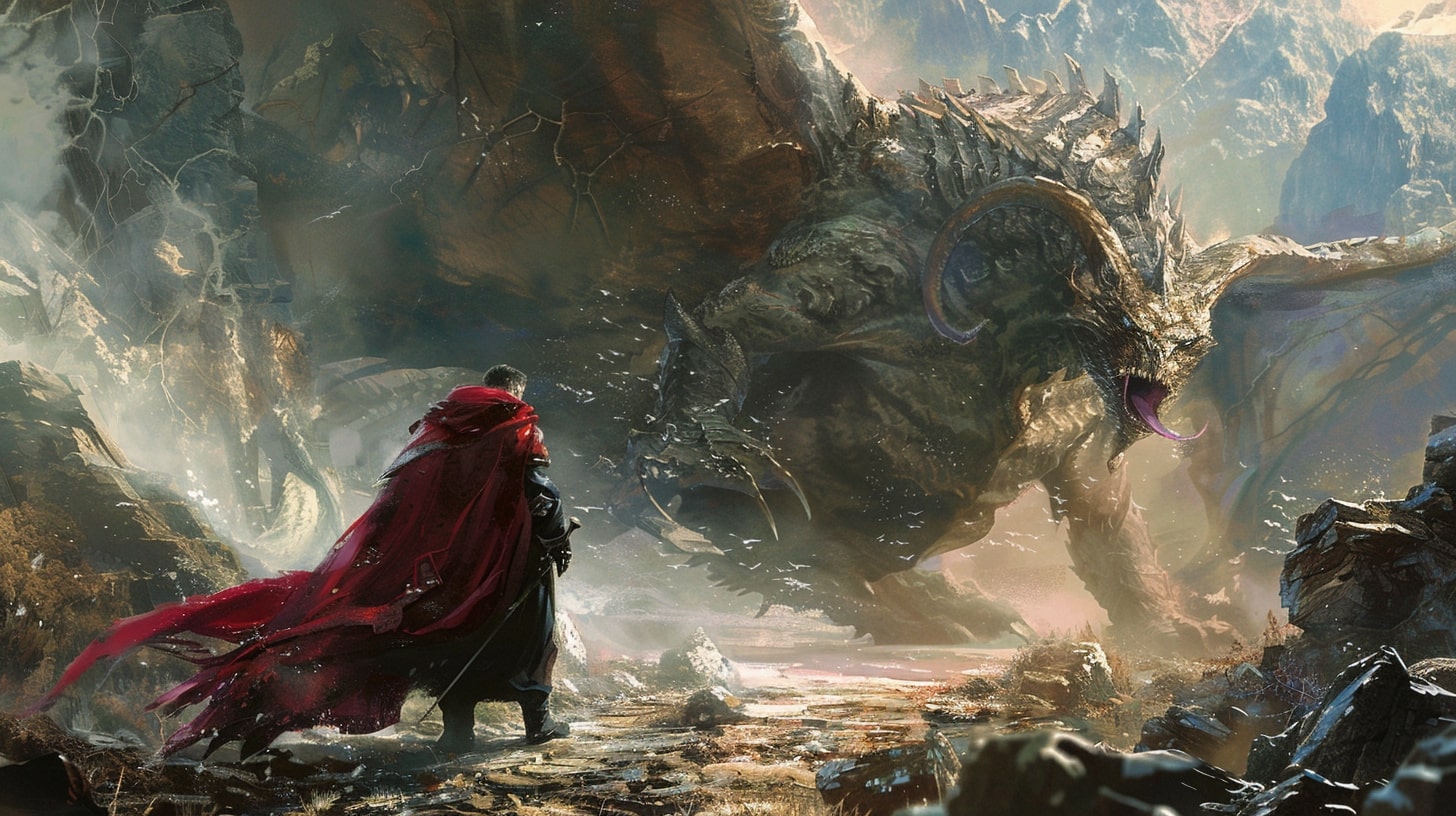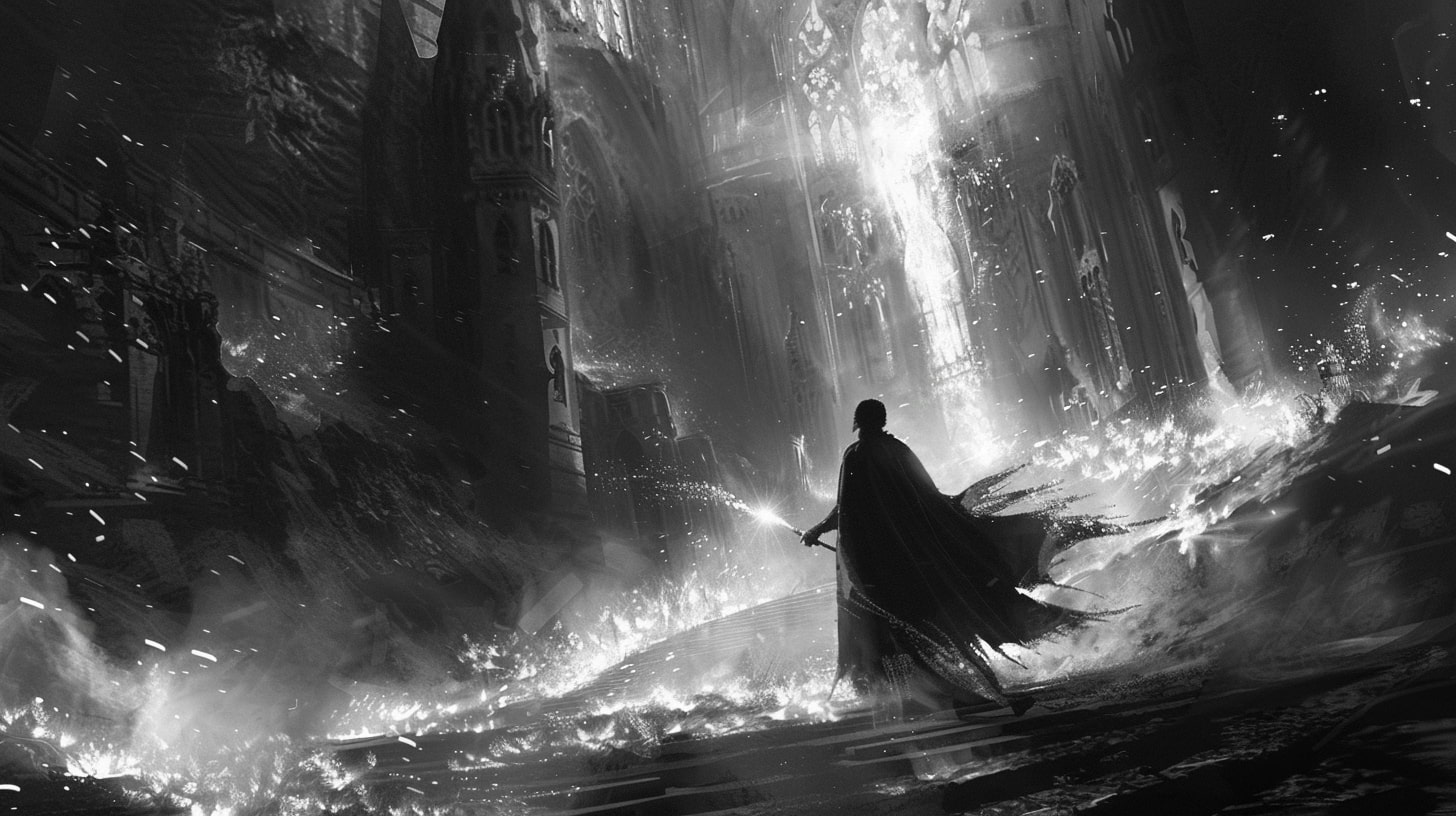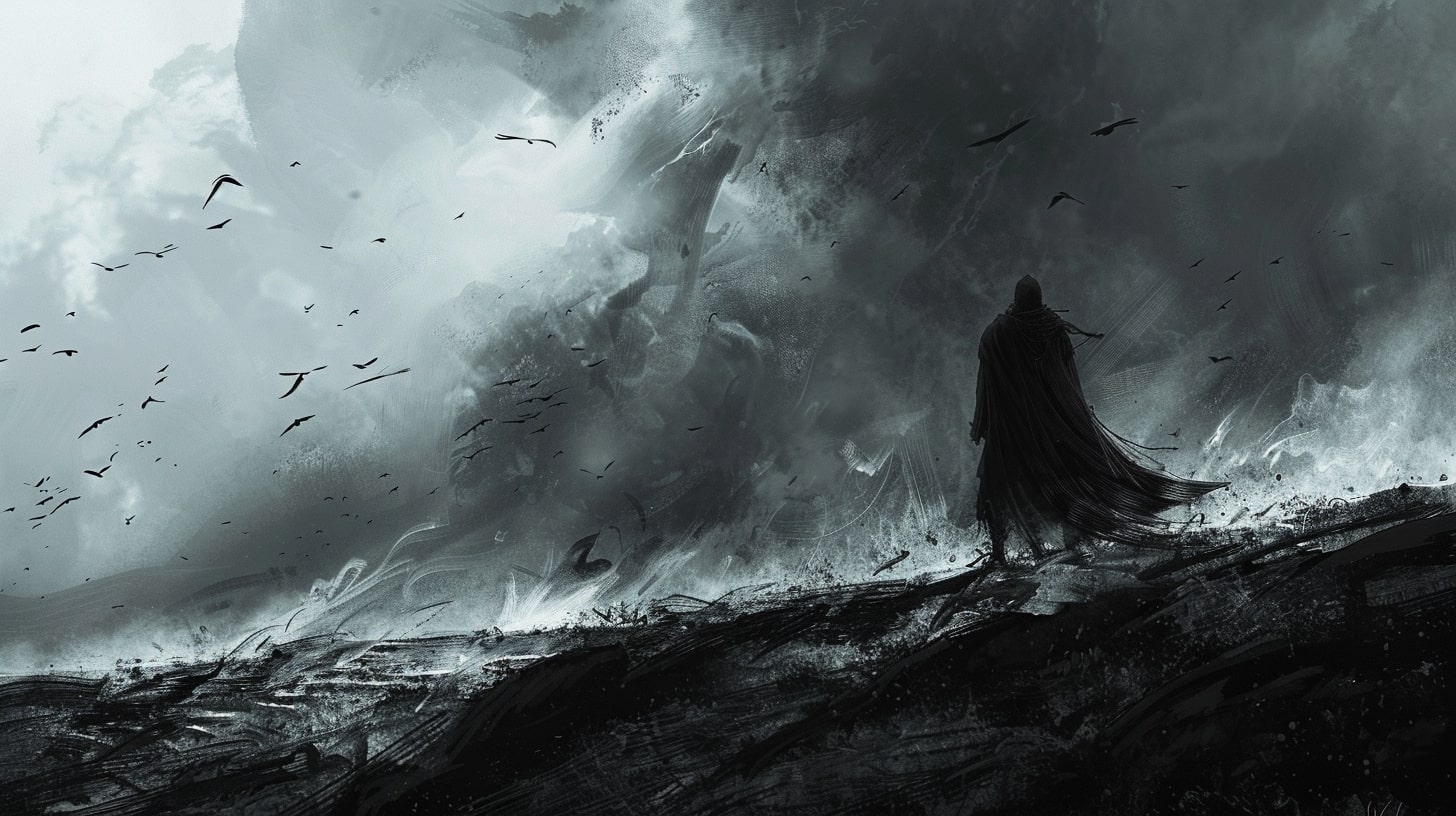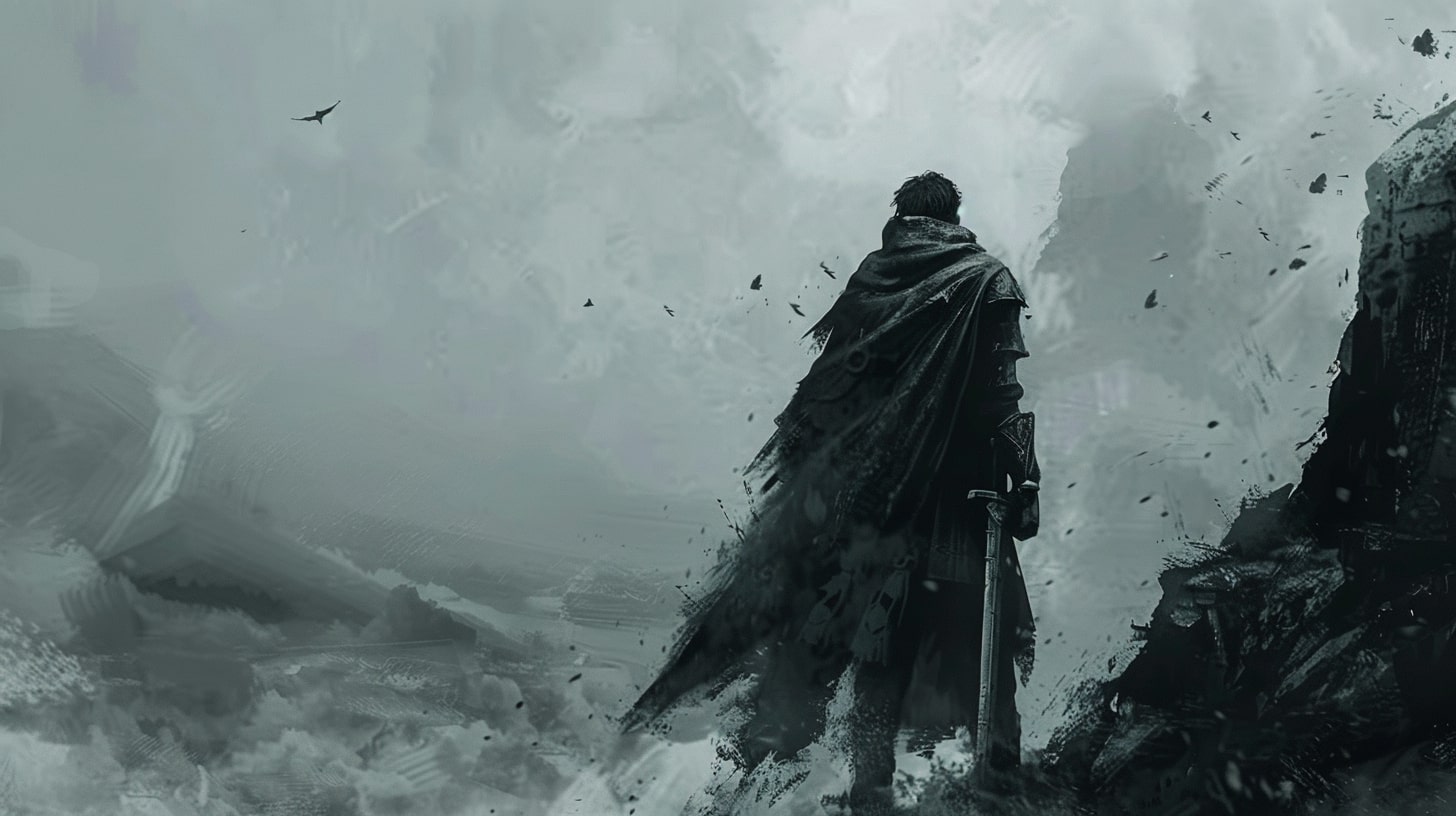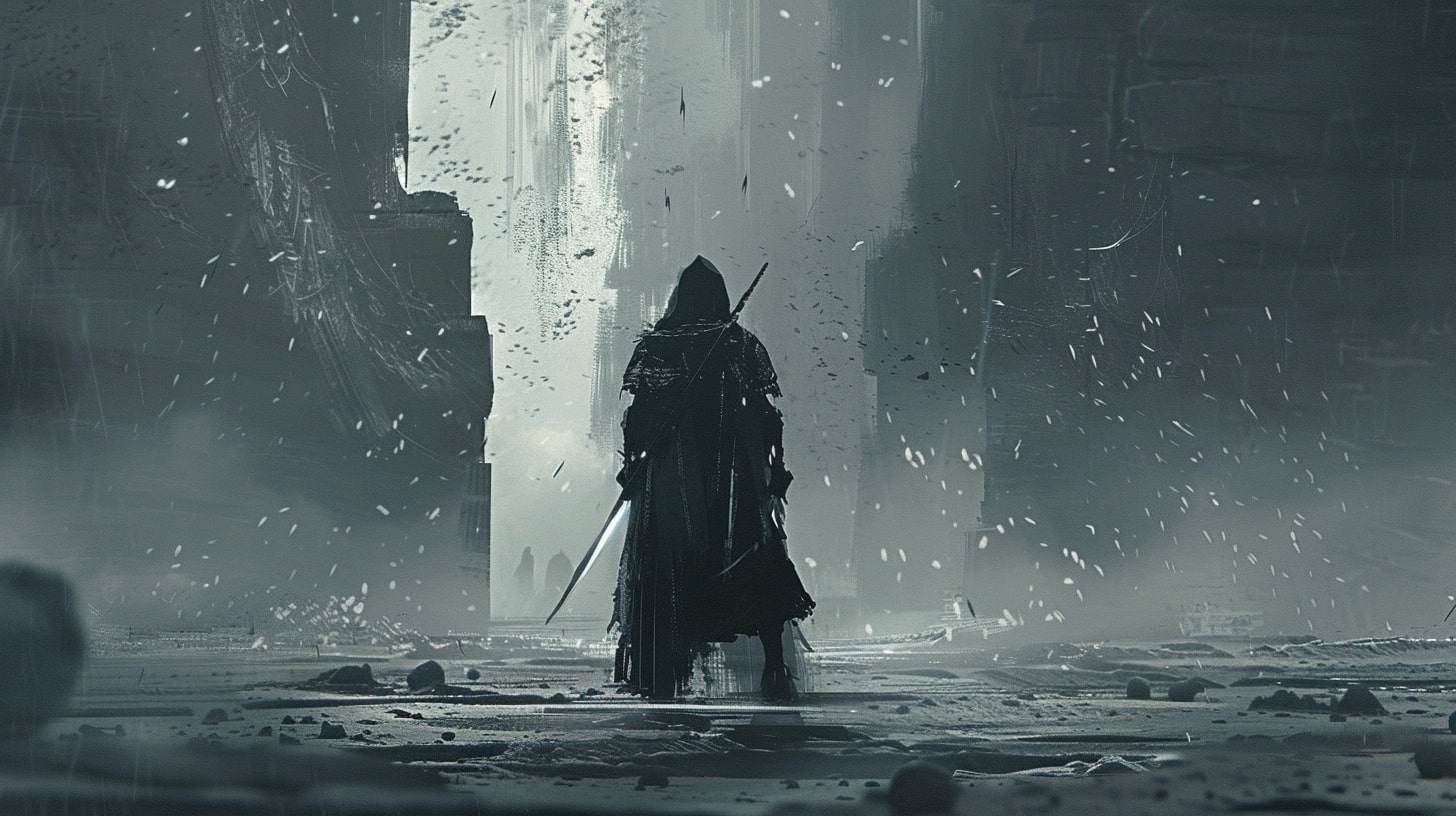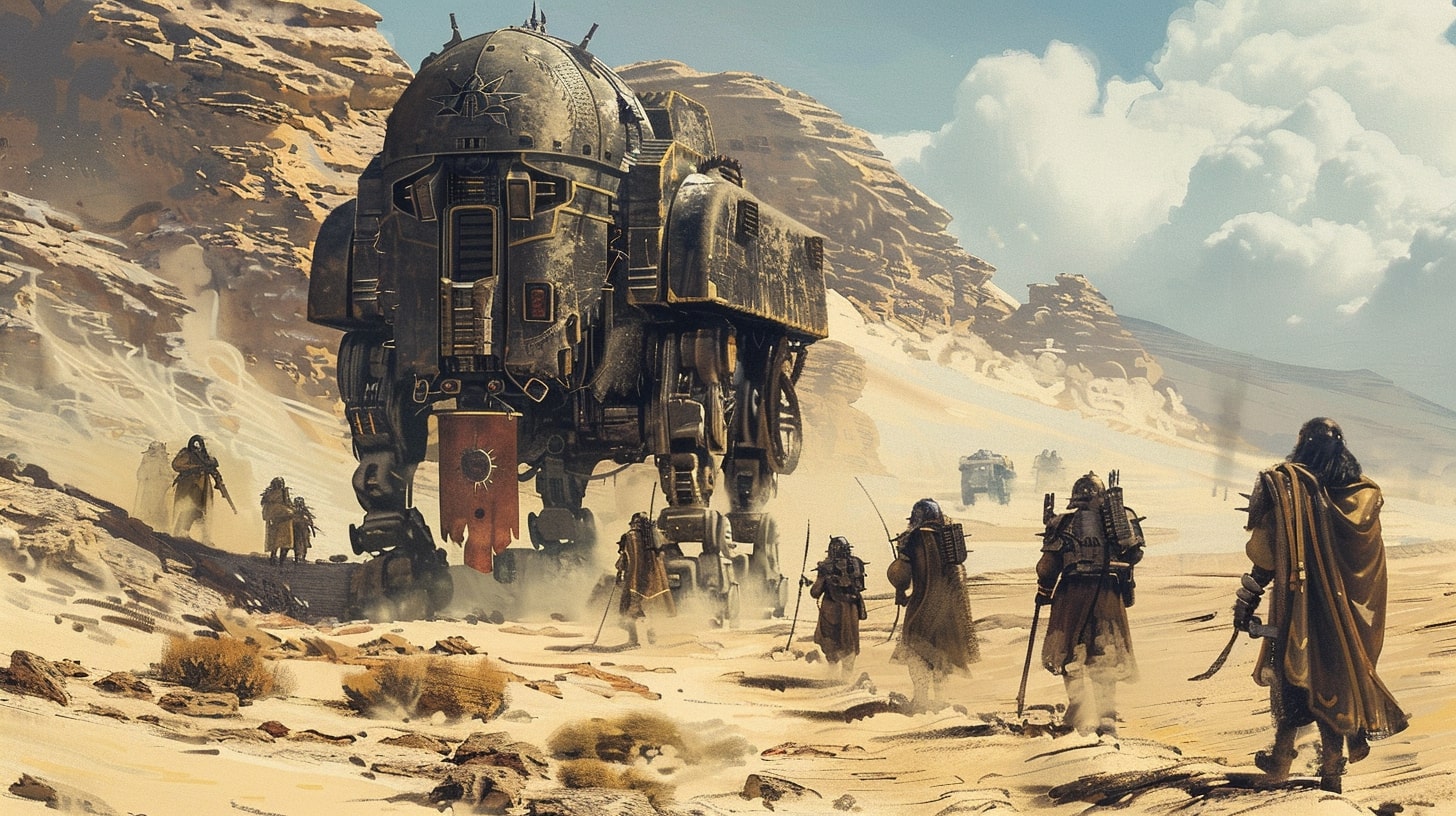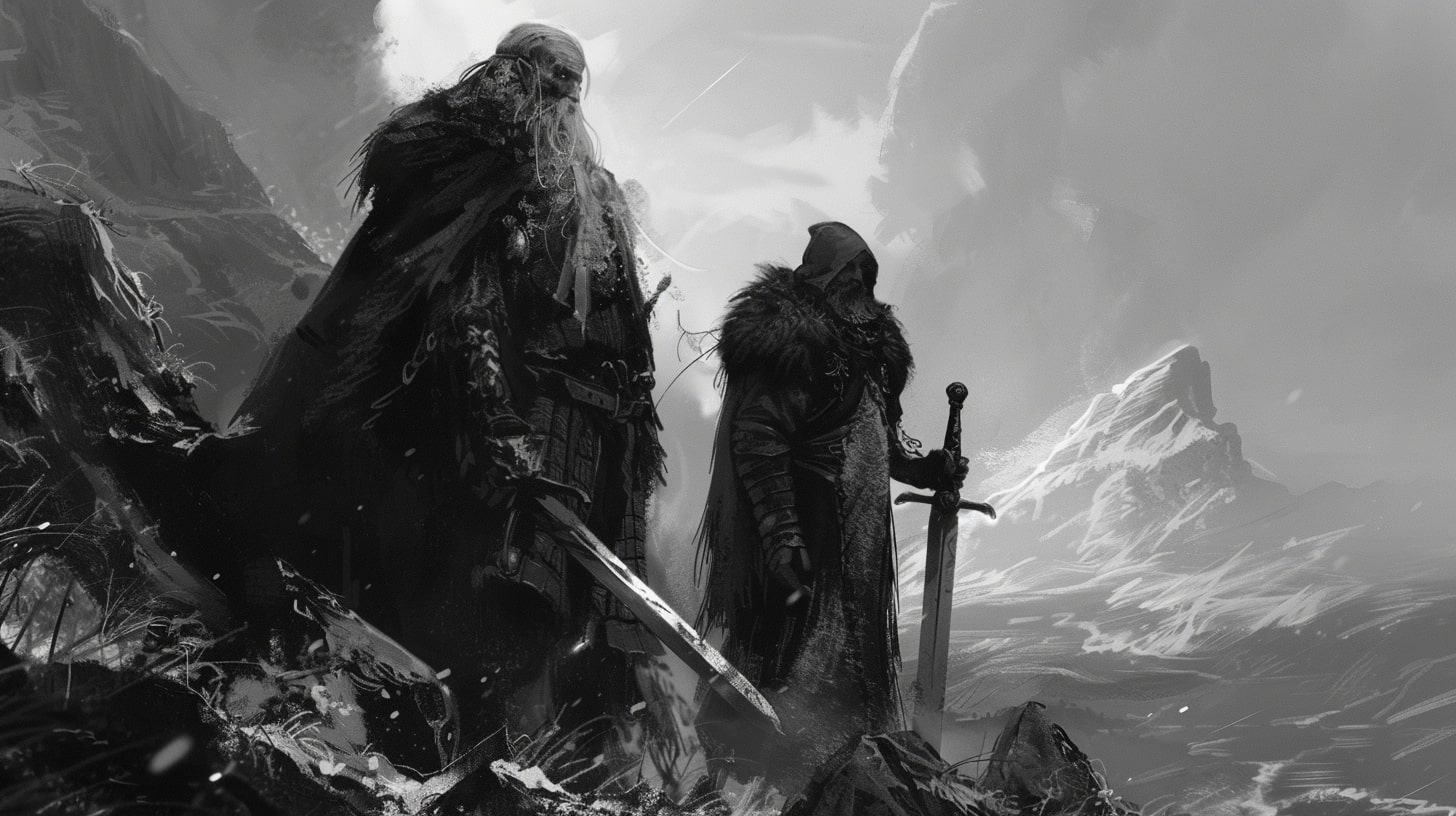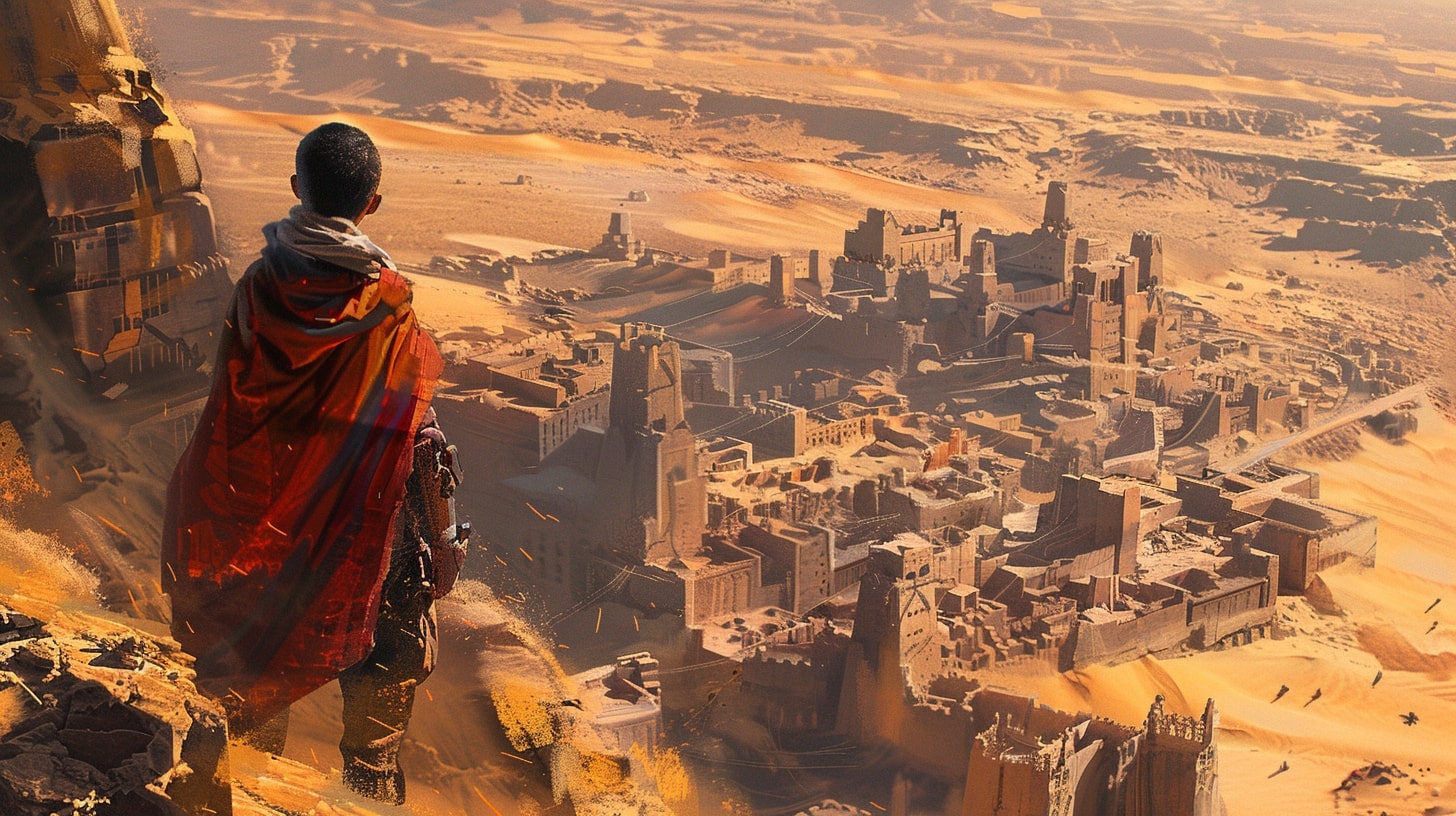The Power of Character Motivation
Welcome to the exciting world of character motivation! Buckle up and get ready to unleash the true potential of your characters. Why does character motivation in writing matter, you ask?
Well, my friend, it's the fuel that drives your story and gives depth to your characters. Without it, your characters might as well be floating in the void of nothingness and that's not great for your character development.
Why Character Motivation Matters
Picture this: you're reading a book or watching a movie, and suddenly you encounter a character who seems to be going through the motions without any rhyme or reason. They're just there, existing in the story, but they lack that spark that makes them relatable and interesting. Boring, right?
That's where character motivation swoops in to save the day. Motivation adds purpose to your characters' actions and decisions. It helps your readers or viewers understand why they do what they do. It's like the secret sauce that makes your characters come to life and connect with your audience on a deeper level.
Unleashing the Potential of Your Characters
By delving into the depths of your characters' motivations, you unlock a whole new world of storytelling possibilities. Motivated characters drive the plot forward, creating tension, conflict, and juicy plot twists along the way. They become the driving force behind your narrative, captivating your audience and keeping them hooked until the very end.
But how do you unleash this power? It all starts with understanding and crafting compelling character motivations. By giving your characters desires, goals, and dreams, you breathe life into their fictional souls. They become relatable, flawed, and oh-so-human. Your readers or viewers will cheer for them, sympathize with them, and maybe even shed a tear or two when they face challenges and triumph over adversity.
So, my friend, embrace the power of character motivation. Dive deep into the minds and hearts of your characters, and watch as they transform from mere words on a page to captivating beings that your audience won't be able to forget. Get ready to embark on a journey where motivations collide, conflicts arise, and your characters shine like never before.
In the next sections, we'll explore the intricacies of character motivation, including what it is, the different types of motivations, and how to build strong and believable motivations that align with your story goals. So, hold on tight and get ready to unleash your characters' true potential. It's going to be one heck of a ride!

Understanding Character Motivation in Writing
Welcome to the fascinating world of character motivation! In the realm of storytelling, understanding character motivation is like unlocking the secret to creating captivating and relatable characters. So, let's dive right in and demystify this concept.
What is Character Motivation?
Character motivation refers to the driving force behind a character's actions, decisions, and desires. It's what propels them forward, shapes their goals, and influences their behavior throughout the story. In simpler terms, it's the reason why characters do what they do.
Imagine your character as a puppet (but a cool one, not a creepy one). Their motivation is the invisible hand controlling their strings, guiding them through the ups and downs of the plot. It adds depth, complexity, and believability to their actions, making them more relatable to your readers.
Types of Character Motivation
Now that we have a general understanding of character motivation, let's explore a few common types that you can use to breathe life into your characters:
Survival: This basic instinct drives characters to fulfill their most primal needs, such as food, shelter, or safety. They will do whatever it takes to stay alive and protect themselves or their loved ones.
Achievement: Characters with an achievement motivation are fueled by ambition, success, and a strong desire to accomplish specific goals. They want to prove themselves, overcome challenges, and leave their mark on the world.
Love and Relationships: Characters motivated by love and relationships are driven by their desire for connection, companionship, and intimacy. They may seek love, friendship, or family bonds, and their actions revolve around nurturing and protecting these relationships.
Revenge: Characters with a revenge motivation are out for payback, baby! They have suffered a great injustice, and their sole purpose becomes seeking vengeance against those who wronged them. Their actions are fueled by anger, hatred, and a thirst for justice.
Freedom: Freedom-loving characters crave independence, autonomy, and the ability to make their own choices. They may rebel against oppressive systems or fight for personal liberation, sacrificing everything in their pursuit of freedom.
Justice: These characters are driven by a strong moral compass and a desire to uphold what they perceive as right and just. They fight against injustice, protect the innocent, and seek to bring balance and fairness to the world.
Remember, these are just a few examples of character motivations. Feel free to mix and match, get creative, and explore a variety of motivations to make your characters truly unique. For more ideas on character development, check out our article on character personality traits.
Understanding character motivation is a key ingredient in creating compelling and engaging stories. By delving into the depths of your characters' desires and goals, you can unleash their full potential and take your readers on an unforgettable journey.

Building Strong Character Motivation
To create compelling characters that resonate with readers, it's essential to build believable motivations that drive their actions and decisions. By understanding your characters' desires and aligning them with the goals of your story, you can create dynamic and engaging narratives.
Creating Believable Motivations
When developing your characters' motivations, it's important to make them believable and relatable. Think about what drives your character at their core. What are their desires, fears, or past experiences that influence their actions? By delving into their backstory, you can uncover the underlying factors that shape their motivations.
Consider the character's personality traits, strengths, and weaknesses. How do these attributes contribute to their motivations? By understanding the intricacies of your character, you can create a more authentic portrayal that resonates with readers. For more ideas on developing well-rounded characters, check out our article on character personality traits.
Aligning Motivations with Story Goals
While individual character motivations are important, it's equally crucial to align them with the overarching goals of your story. The motivations of your characters should directly impact the plot and contribute to the overall narrative arc.
Think about how your characters' motivations can create conflict or drive the story forward. Perhaps their desires clash with the goals of other characters, leading to tension and dramatic moments. Alternatively, their motivations may align with the story's central conflict, propelling the plot towards resolution.
By ensuring that your characters' motivations are intertwined with the story goals, you can create a cohesive and engaging narrative. This alignment also helps to maintain a strong sense of character consistency throughout the story, making the characters' actions and decisions feel authentic and logical.
Remember, building strong character motivation is an ongoing process. As your story progresses, your characters may undergo personal growth and transformation, which can influence their motivations. Stay open to the organic development of your characters and allow their motivations to evolve naturally.
In the next section, we will explore how conflict and obstacles play a crucial role in driving character motivation and fostering character growth. Don't miss it!
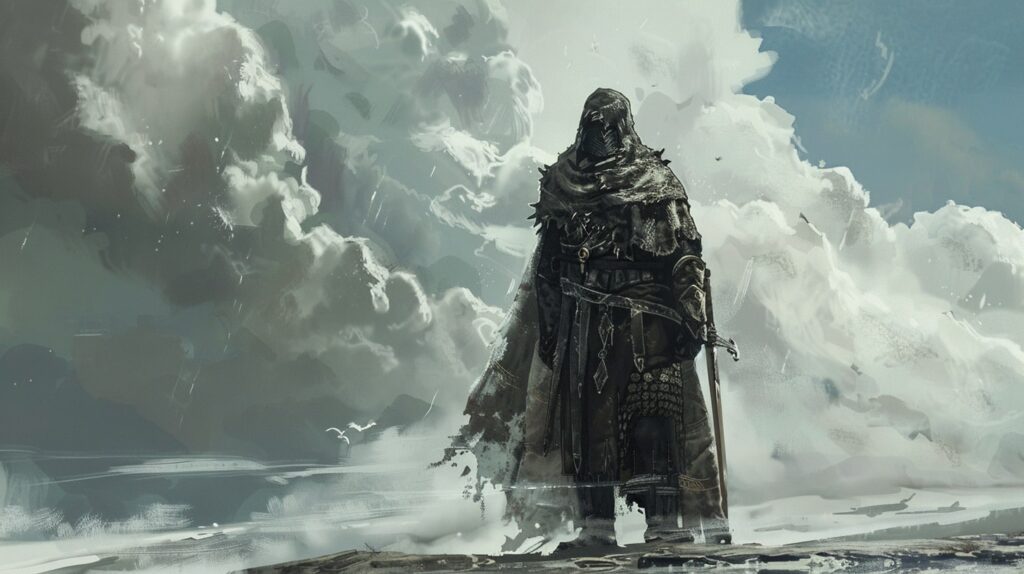
The Role of Conflict and Obstacles
Ah, conflict and obstacles, the delightful hurdles that make life interesting. In the world of character development, these elements play a crucial role in driving character motivation and adding depth to your storytelling. Let's explore how conflict and obstacles influence your characters' journeys.
How Conflict Drives Character Motivation
Conflict is like the spicy salsa that gives flavor to your character's journey. It creates tension and pushes your characters to take action. Whether it's an internal struggle or an external clash with another character or the world around them, conflict sparks the fire within your characters.
Think about it: without conflict, your characters would be lounging on a beach sipping fruity drinks, not embarking on epic quests or overcoming personal demons. Conflict forces characters to confront their fears, make tough choices, and evolve in the process.
As a writer, you can introduce different types of conflict to fuel your characters' motivation:
Internal Conflict: This happens within your character's mind, such as battling self-doubt or wrestling with conflicting emotions. It adds depth to their internal journey and motivates them to find resolution or growth.
External Conflict: Here's where your characters face challenges from the outside world. It could be a villain standing in their way, an environmental disaster, or even societal pressure. External conflict drives your characters to fight for what they believe in or overcome obstacles to achieve their goals.
By weaving conflict into your story, you not only create suspense and excitement but also provide a catalyst for your characters' motivations to shine. It's like throwing your characters into a raging river and watching them swim against the current, or maybe even ride the waves.
Overcoming Obstacles for Growth
Ah, obstacles, those pesky roadblocks that make your characters work for their happy endings. But hey, they're not there to make your characters' lives miserable (well, maybe a little). They exist to challenge your characters, push them beyond their limits, and ultimately foster growth and transformation.
When your characters face obstacles, they have two choices: give up and retreat to the comfort of their fluffy blankets, or summon their inner strength and face the challenges head-on. And let's be honest, where's the fun in giving up?
By overcoming obstacles, your characters learn valuable lessons, develop new skills, and discover hidden strengths. It's like watching a caterpillar struggle in its cocoon, only to emerge as a beautiful butterfly. Okay, maybe not exactly like that, but you get the idea.
These obstacles can take various forms:
Physical Obstacles: These are tangible barriers that physically impede your characters' progress. It could be a treacherous mountain they must climb, a booby-trapped temple they must navigate, or a locked door they must unlock. Such obstacles test their physical abilities and resourcefulness.
Emotional Obstacles: Don't discount the power of emotions! Characters may face emotional hurdles like fear, guilt, or trauma. These obstacles can be just as challenging as physical ones, if not more. Overcoming emotional obstacles requires introspection, healing, and personal growth.
Social Obstacles: Ah, the joys of dealing with other people. Social obstacles arise from conflicts with other characters or within complex relationships. Your characters might have to navigate tricky power dynamics, mend broken bonds, or challenge societal norms. These obstacles test their interpersonal skills and resilience.
By presenting obstacles that align with your characters' motivations, you create a fertile ground for growth and transformation. Embrace the hurdles, my friend, for they are the stepping stones that lead your characters to greatness.
In the next section, we'll dive into techniques for developing character motivation, including the power of backstory, desires, and internal motivations. So hold onto your pens, because we're just getting started!
Techniques for Developing Character Motivation
Developing strong and compelling character motivation is essential for creating engaging and relatable characters in your writing. By utilizing various techniques, you can bring depth and authenticity to your characters. Let's explore three techniques that can help you develop character motivation: backstory and trauma, desires and wants, and internal and external motivations.
Backstory and Trauma
A character's backstory plays a crucial role in shaping their motivations. By delving into their past experiences, you can uncover key events or traumatic incidents that have influenced their desires and fears. These experiences can provide valuable insight into why your character behaves the way they do.
Consider creating a detailed backstory for your character, including significant life events, childhood memories, and formative experiences. This will help you understand their core motivations and provide a foundation for their actions throughout the story. For more ideas on developing character backstories, check out our article on character backstory ideas.
Desires and Wants
Understanding your character's desires and wants is crucial for crafting their motivations. What does your character long for? What are their goals and aspirations? By exploring these desires, you can uncover what drives your character and what they are willing to do to achieve their goals.
Consider the external and internal desires of your character. External desires may include tangible goals, such as wealth, power, or love. Internal desires, on the other hand, are more abstract and relate to emotional fulfillment or personal growth. By balancing both external and internal desires, you can create multi-dimensional characters with relatable motivations.
Internal and External Motivations
Character motivations can be categorized into internal and external motivations. Internal motivations stem from a character's thoughts, beliefs, and values. These motivations are driven by internal factors, such as personal growth, a sense of justice, or the need for acceptance. On the other hand, external motivations are influenced by external factors, such as societal expectations, family obligations, or the pursuit of a tangible reward.
By incorporating a mix of internal and external motivations, you can create complex and dynamic characters. Internal motivations add depth and authenticity to your characters' actions, while external motivations provide tangible goals and obstacles to overcome.
Using these techniques, you can develop character motivations that resonate with your readers, making your characters relatable and compelling. Remember to consider the character's backstory, desires, and the interplay between internal and external motivations. By understanding what drives your characters, you can unleash their full potential and bring your story to life.
Putting it All Together
Now that you have a solid understanding of character motivation and how it drives your story, it's time to put it all together. In this section, we'll explore how to balance motivations and plot and the importance of showing, not telling when conveying character motivation through actions and dialogue.
Balancing Motivations and Plot
When crafting a story, it's important to strike a balance between your characters' motivations and the overall plot. Your characters' motivations should align with the story's goals and drive the narrative forward. However, it's equally important to ensure that the plot remains engaging and doesn't solely revolve around individual character motivations.
Consider how each character's motivation contributes to the overarching story arc. Are their goals in conflict with one another? Do their motivations create tension and propel the plot forward? By interweaving character motivations with the plot, you can create a dynamic and compelling narrative that keeps readers hooked.
Remember, not every character needs the same level of depth when it comes to motivation. Secondary characters may have simpler motivations that serve to support the main plot or provide contrast to the protagonist. Focus on developing the motivations of your main characters while ensuring that supporting characters contribute meaningfully to the story.
Show, Don't Tell: Conveying Motivation through Actions and Dialogue
One of the most effective ways to convey character motivation is through showing, not telling. Instead of explicitly stating a character's motivation, allow their actions and dialogue to reveal their inner desires and goals. This approach helps readers engage with the story and draw their own conclusions about the characters' motivations.
Consider how a character's actions align with their motivations. Do they go to great lengths to achieve their goals? Do they make sacrifices or take risks? Show these actions in a way that highlights the character's determination and commitment to their motivations.
Dialogue is another powerful tool for conveying character motivation. Through conversations, characters can express their desires, fears, and aspirations. Pay attention to the subtext of their words, as characters may not always explicitly state their motivations. Subtle hints and gestures can reveal deeper layers of their desires and add complexity to their motivations.
By combining actions and dialogue, you can create dynamic and multi-dimensional characters that come to life on the page. Remember to make these elements consistent with the character's personality and backstory, ensuring that their motivations feel authentic and believable.
As you continue to develop your characters and their motivations, don't be afraid to experiment and revise. Character motivation is a key element of storytelling, and refining it can elevate your story to new heights. So, go forth and unleash the power of your characters by crafting compelling motivations that drive your narrative forward.
Keep exploring character development techniques and worldbuilding strategies to further enhance your storytelling skills. Happy writing!


